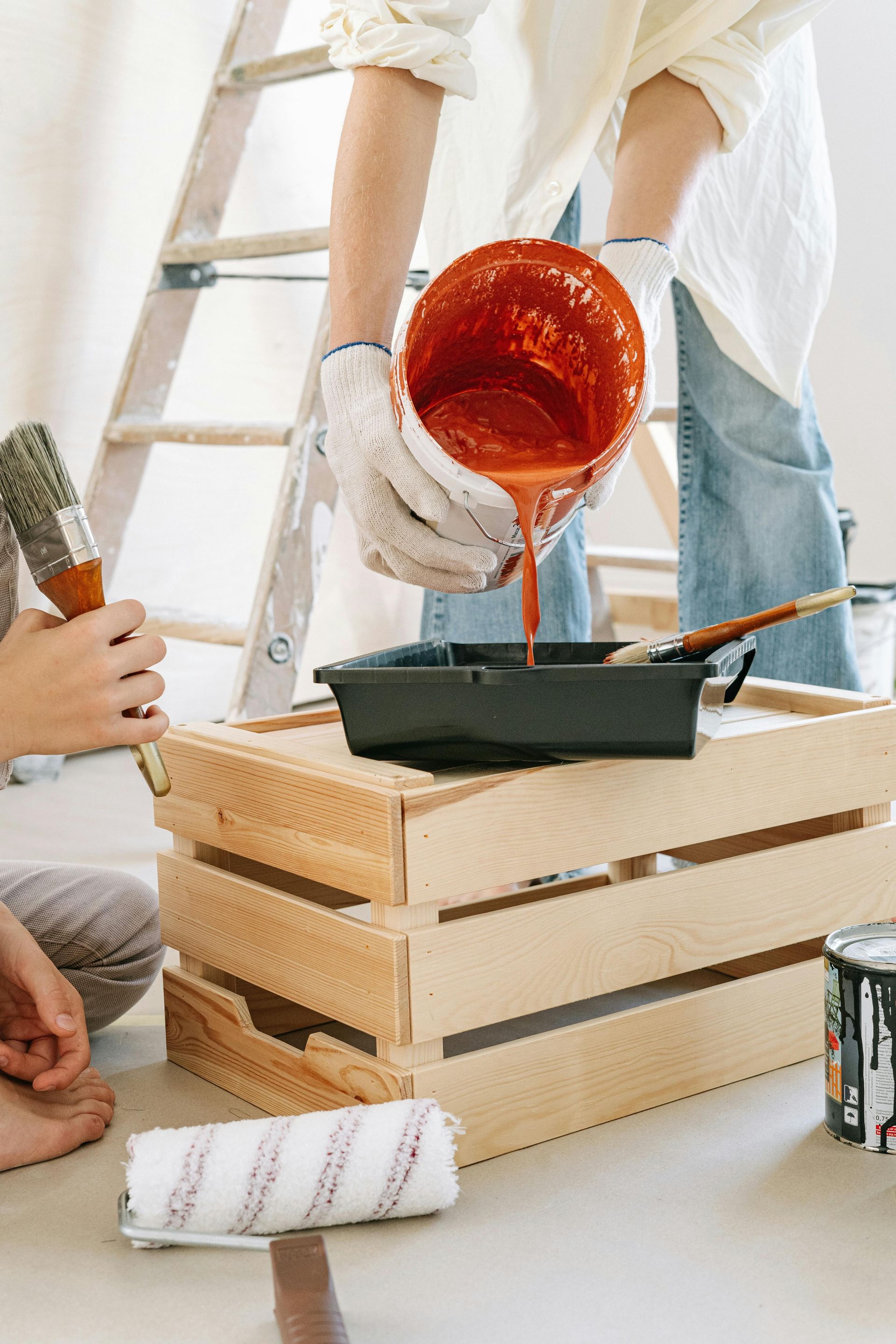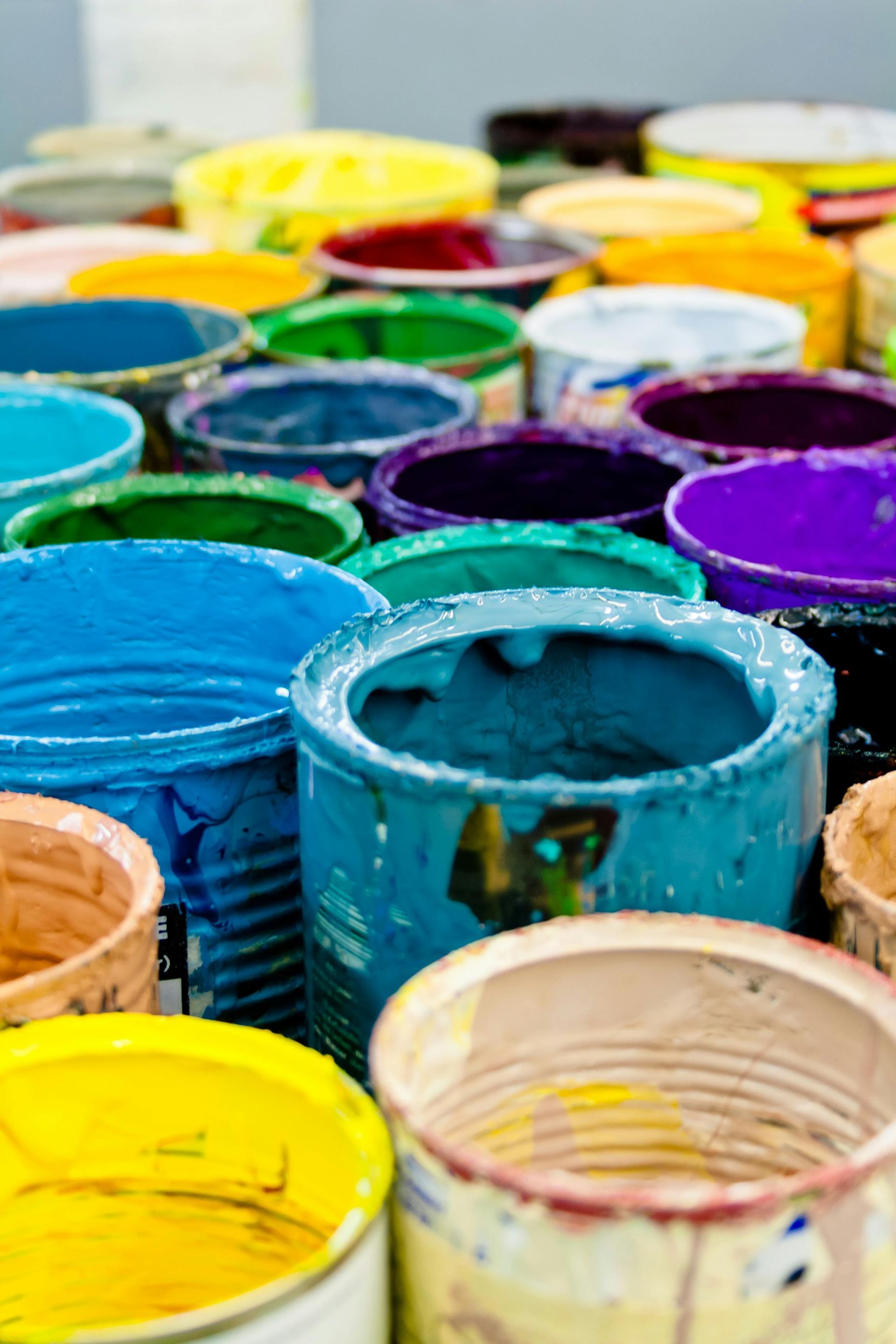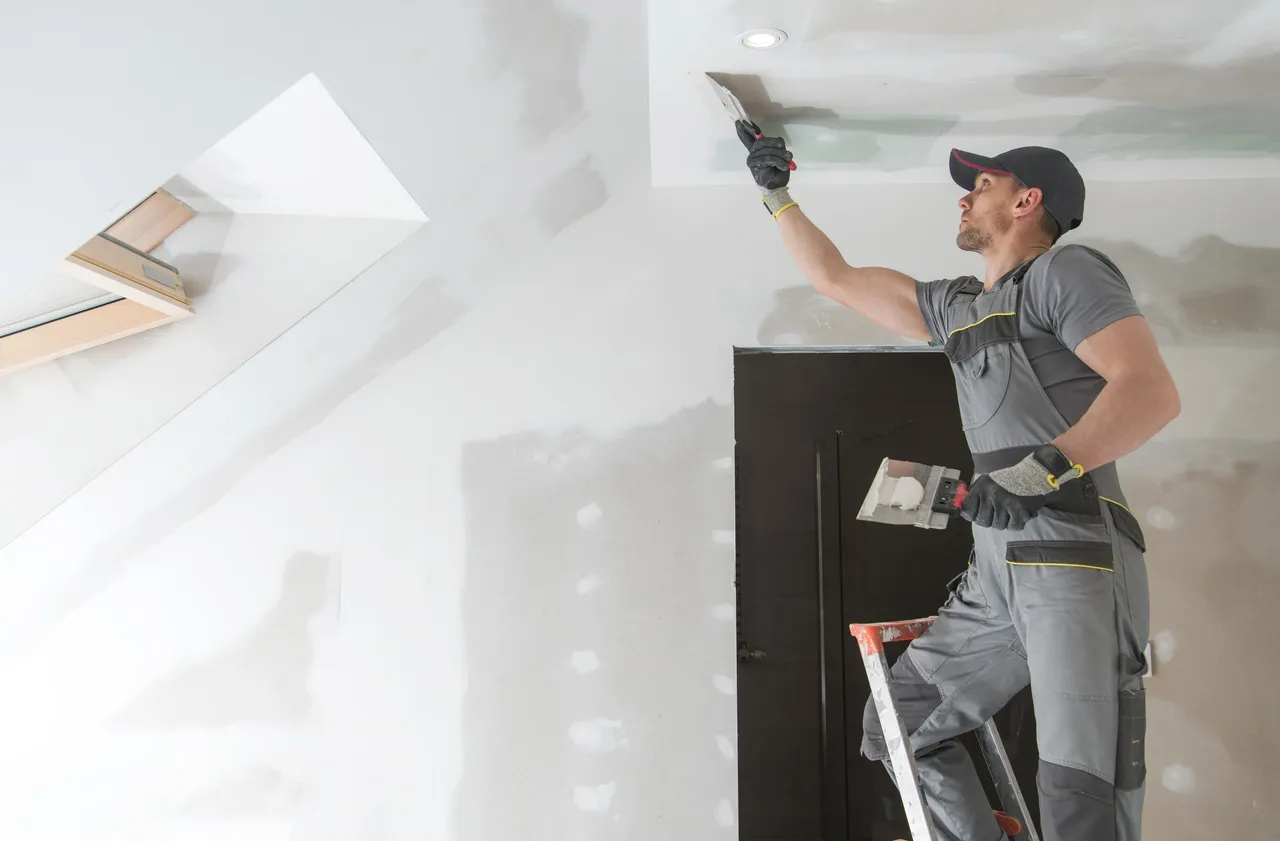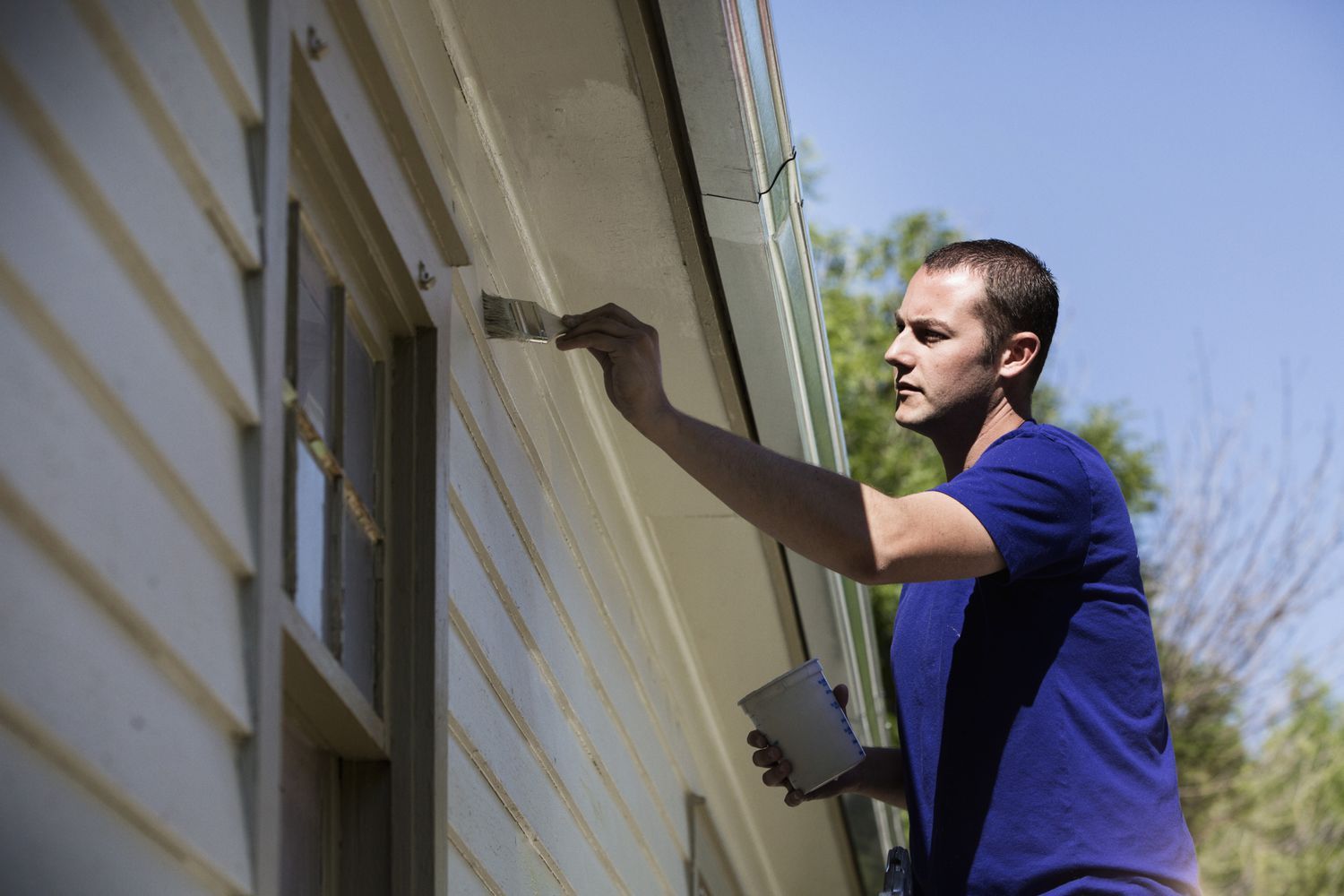Complete Guide To Exterior House Painting
The Complete Guide to Exterior House Painting: What You Need to Know
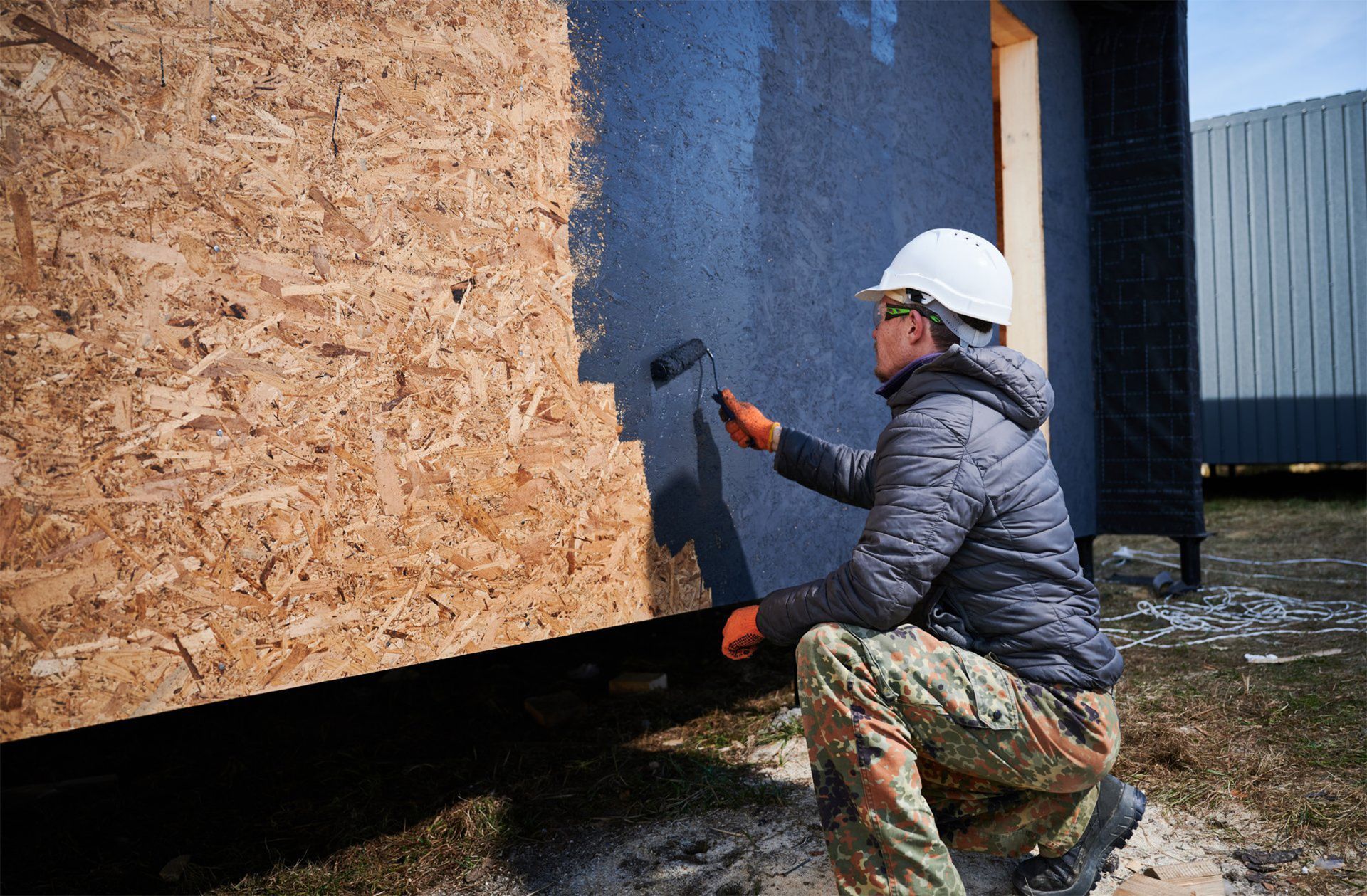
Painting the exterior of your home is one of the most effective ways to enhance its curb appeal, protect it from the elements, and increase its value. However, a successful exterior paint job requires careful planning, preparation, and attention to detail. Whether you're considering a DIY approach or hiring professionals, this comprehensive guide will walk you through the key steps to ensure a flawless result.
1. Surface Preparation: The Foundation of a Lasting Paint Job
Before even thinking about dipping a brush into a paint can, proper surface preparation is crucial. A well-prepared surface ensures that the paint adheres properly and lasts longer. Here’s how to get started:
- Clean the Surface: Use a pressure washer or a garden hose with a scrub brush to remove dirt, mildew, and loose paint. A clean surface ensures that new paint bonds properly.
- Scrape Off Old Paint: If the existing paint is peeling or chipping, you’ll need to scrape it off using a wire brush or paint scraper. Be thorough to avoid uneven patches.
- Repair and Patch: Check for any cracks or damaged areas on your home’s exterior. Fill holes or cracks with caulk, and repair any wood or siding that may be rotting or damaged.
- Sanding: After patching, sand down rough areas to create a smooth surface for the paint. This step is especially important if you're painting over a glossy surface.
- Priming: Once the surface is prepped, apply a high-quality primer. Primer helps seal the surface and creates an even base for the paint to adhere to, especially if you're transitioning from a darker to lighter color.
2. Choosing the Right Paint: Quality and Finish Matter
Not all paints are created equal, especially when it comes to exterior painting. The quality of the paint and the finish you choose will significantly impact the durability of the paint job.
- Choose Exterior-Specific Paint: Exterior paint is formulated to withstand harsh weather conditions, such as UV rays, rain, and wind. Look for paints specifically designed for outdoor use, often labeled as "exterior-grade" or "weather-resistant."
- Consider Acrylic Latex Paint: Acrylic latex paints are popular for exterior surfaces because they are water-based, making them easy to clean up, and they resist cracking and peeling. They also tend to be more flexible, allowing for expansion and contraction as temperatures change.
- Oil-Based vs. Water-Based: Oil-based paints provide a durable finish but take longer to dry and can be harder to work with. Water-based paints are easier to apply and dry faster, making them ideal for most exterior projects.
- Selecting the Right Finish: The finish of your paint affects both its appearance and durability. Here are the main options:
- Flat: Great for concealing imperfections, but less durable.
- Eggshell or Satin: Provides a slight sheen and balances durability with an attractive finish, making it a popular choice for exteriors.
- Semi-Gloss: Highly durable and resistant to moisture, perfect for trim and doors.
- Gloss: Offers the highest level of shine and protection but may show imperfections more easily.
3. Seasonal Factors: Timing is Everything
When it comes to exterior painting, weather conditions play a significant role. Ideal weather ensures the paint dries properly and bonds to the surface.
- Temperature: For the best results, paint when the temperature is between 50°F and 85°F. Extremely hot or cold temperatures can cause the paint to dry too quickly or not properly adhere to the surface.
- Humidity: High humidity can slow down the drying process and even lead to blistering or peeling. Try to paint on a day with moderate humidity, ideally between 40-70%.
- Wind: Avoid painting on windy days, as strong gusts can blow dirt and debris onto the freshly painted surface, ruining the finish.
- Time of Day: Begin painting in the early morning or late afternoon, avoiding the heat of midday when the sun is at its strongest. Direct sunlight can cause the paint to dry too quickly and lead to brush marks or uneven coverage.
4. Tools and Equipment: Get the Job Done Right
Having the right tools can make all the difference in the quality and efficiency of your exterior painting project. Here's a list of essential items you’ll need:
- Ladders or Scaffolding: For reaching higher areas safely.
- Paint Brushes and Rollers: Use high-quality brushes for trim work and edges, and rollers for larger surfaces.
- Drop Cloths and Painter’s Tape: Protect your landscaping, windows, and doors from paint splatters.
- Caulk Gun: For sealing gaps and cracks before painting.
- Paint Sprayer (Optional): If you're experienced, a sprayer can speed up the process and provide a smooth finish, especially on larger surfaces.
5. The Painting Process: Step-by-Step
Now that everything is prepped and ready, it’s time to start painting. Follow these steps to ensure an even and durable finish:
- Start with the Trim: Paint your doors, windows, and trim first. This ensures that any drips on the main surface will be covered when you paint the larger areas.
- Work Top to Bottom: Always paint from the top of the house downwards. This method prevents paint from dripping onto finished areas.
- Use Long, Even Strokes: Whether using a roller or brush, apply the paint in long, smooth strokes for a consistent finish.
- Apply Multiple Coats: For the best coverage, apply two coats of paint. Let the first coat dry completely before applying the second.
6. Final Touches: Inspect and Clean Up
Once the painting is complete, inspect your work. Look for any areas where the paint may have missed or where touch-ups are needed. Afterward, remove all painter’s tape, clean your brushes, and safely dispose of any leftover paint.
Conclusion
Exterior painting is a great way to refresh the look of your home and protect it from the elements. By properly preparing the surface, selecting the right paint, and considering seasonal factors, you can achieve a long-lasting, professional finish. If the job seems too daunting or you’re short on time, consider hiring a trusted painting company like PTG Painting to get the job done right!

